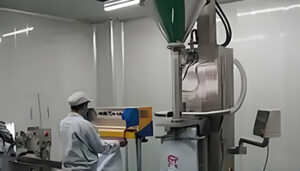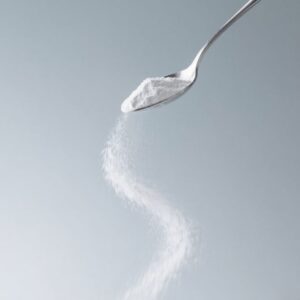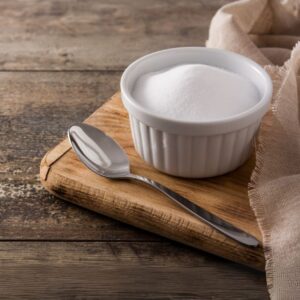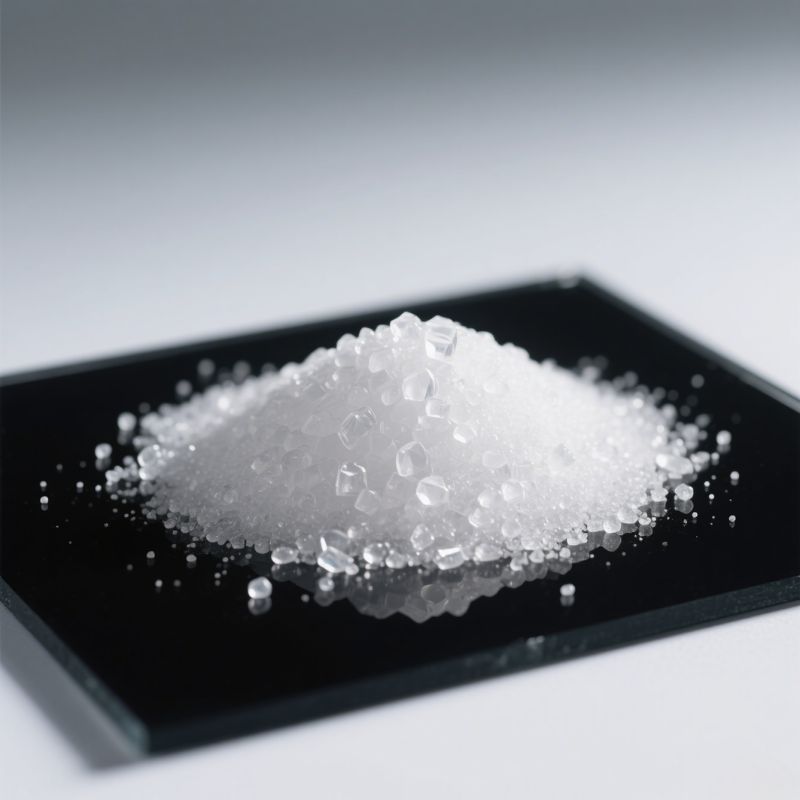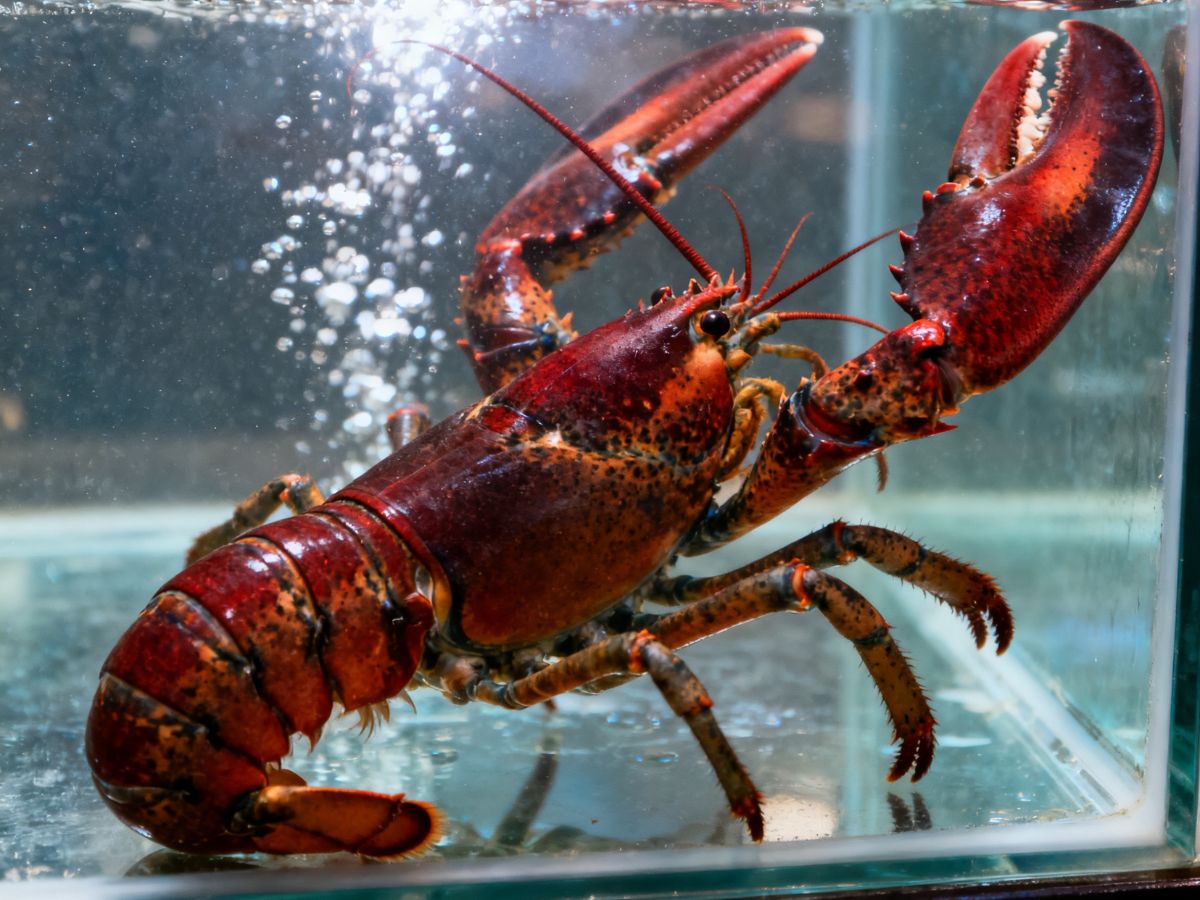
A Comprehensive Analysis of Sodium Tripolyphosphate (STPP): Chemical Properties, Industrial Applications, and Safety Guidelines
Sodium Tripolyphosphate (STPP): A detailed analysis of its chemical properties, industrial uses, and essential safety guidelines for handling and application.

